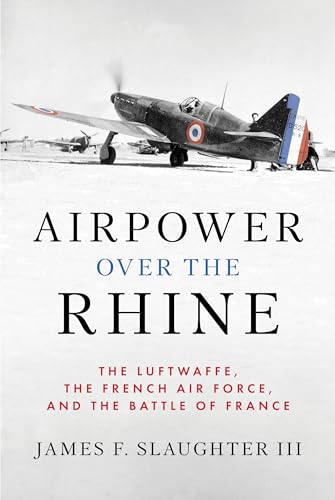
The Luftwaffe in the Battle of Britain 1940
by Brett Green
"From Profile to Model"
Popularity
2.85 / 5
* A book's popularity is determined by how it compares to all other books on this website.
Where to buy?
Buy from Amazon* If you buy this book through the link above, we may receive a small commission at no extra cost to you.
The Luftwaffe in the Battle of Britain 1940 by Brett Green
Details
War:
World War II
Perspective:
Fighter Jets
Military Unit:
Luftwaffe
True Story:
Yes
Biography:
No
Region:
Europe
Published Date:
2010
ISBN13:
9781906537111
Description
Brief Summary
The Luftwaffe in the Battle of Britain 1940 by Brett Green delves into the significant roles played by various Luftwaffe aircraft during a pivotal period in World War II. The book combines a historical overview of the aircraft used in the Battle of Britain with a detailed guide on aircraft modeling. Catering to both history buffs and modeling enthusiasts, it provides a comprehensive look at the operational history of these aircraft, enriched with wartime photographs and step-by-step modeling instructions. Additional resources such as tools, tips, and kit availability are also covered.
Main Themes and Topics
The book thoroughly examines the Luftwaffe's involvement in the Battle of Britain, exploring both the fighters and bombers that were significant to the campaign. It merges historical insights with practical modeling advice, creating a unique resource that serves dual purposes. Key themes include aircraft engineering, strategy, and the individual stories of pilots who flew during the battle. The inclusion of rich illustrations, both in historic black and white photos and vibrant color profiles, supports the exploration of these topics.
Writing Style and Tone
Brett Green's writing style is authoritative, yet accessible, reflecting his command over both historical and technical subject matter. The tone is informative, aiming to educate readers through a well-structured presentation of facts and guides. The book strikes a balance between engaging anecdotes and meticulous attention to detail, making it suitable for readers with varying levels of prior knowledge on the subject.
Criticism
One potential criticism of the book may lie in its dual focus on history and modeling, which might not fully satisfy purists solely interested in one aspect or the other. Some readers may feel that the modeling sections could overshadow the historical narrative, or vice versa. However, this blending of content is also one of the book's strengths, offering a unique perspective to its audience.









